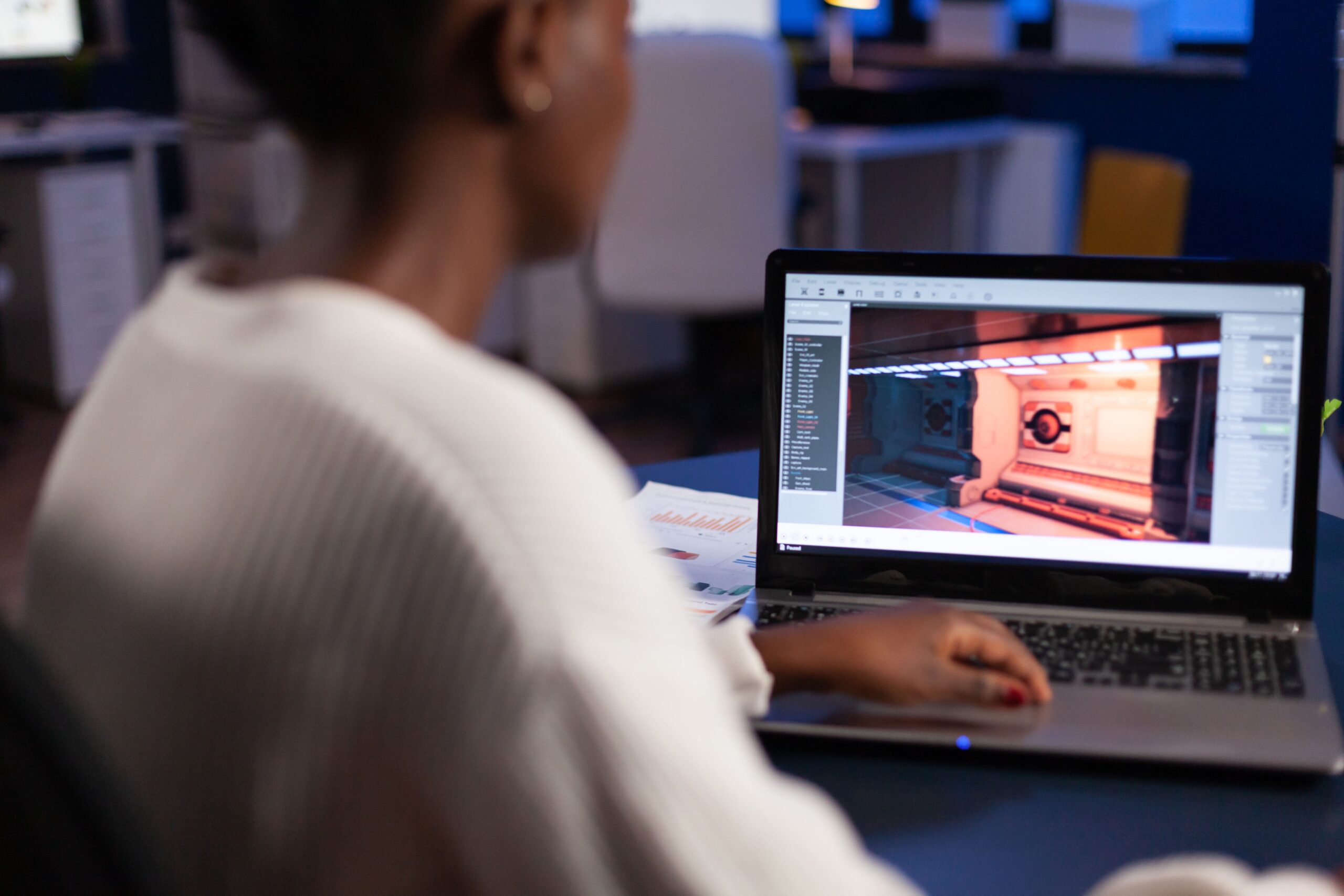Are you interested in learning how to animate drawings on your phone? In today’s digital age, animation has become more accessible than ever, allowing individuals to unleash their creativity and bring their artwork to life using nothing but their mobile devices.
Whether you’re a budding artist or a seasoned animator looking to explore new avenues for creativity, the ability to animate drawings on your phone opens up a world of possibilities. In this comprehensive guide, we’ll delve into the process of animating drawings on your phone, exploring the tools, techniques, and tips to help you create captivating animations right at your fingertips.
Getting Started with Animation on Your Phone
Before diving into the world of animation on your phone, it’s essential to choose the right app that suits your needs and artistic style. There are numerous animation apps available on both iOS and Android platforms, each offering a unique set of features and capabilities. Some popular animation apps for beginners include:
- FlipaClip: FlipaClip is a user-friendly animation app that allows you to create frame-by-frame animations with ease. With features like drawing tools, animation layers, and onion skinning, FlipaClip is ideal for beginners looking to explore the basics of animation.
- RoughAnimator: RoughAnimator is a powerful animation app that offers a wide range of tools for creating hand-drawn animations. With features like customizable brushes, onion skinning, and audio support, RoughAnimator is perfect for artists who want more control over their animations.
- Animation Desk: Animation Desk is a versatile animation app that caters to both beginners and advanced animators. With features like timeline editing, audio integration, and export options, Animation Desk provides a comprehensive platform for animating drawings on your phone.
Tips for Animating Drawings on Your Phone
Once you’ve chosen an animation app that suits your needs, it’s time to start animating your drawings on your phone. Here are some tips to help you get started and create engaging animations:
- Storyboard Your Animation: Before diving into animating your drawings, consider creating a storyboard to plan out the sequence of events in your animation. Storyboarding helps you visualize the flow of your animation and ensures a cohesive storyline.
- Use Layers Effectively: Utilize layers in your animation app to separate different elements of your drawing. By working on different layers, you can easily manipulate individual components of your animation and create depth and dimension in your artwork.
- Experiment with Timing and Frame Rate: Adjusting the timing and frame rate of your animation can significantly impact the overall look and feel of your artwork. Play around with different frame rates to achieve the desired motion and pacing in your animations.
- Incorporate Sound Effects: Adding sound effects to your animations can enhance the viewing experience and bring your artwork to life. Consider incorporating sound effects that complement the actions and movements in your animation for a more immersive result.
- Practice Regularly: Like any skill, animation takes practice to master. Set aside time to experiment with different tools and techniques in your animation app, and don’t be afraid to try new things to push the boundaries of your creativity.
Advanced Techniques for Animating Drawings on Your Phone
As you become more comfortable with animating drawings on your phone, you may want to explore advanced techniques to elevate your animations to the next level. Some advanced techniques you can experiment with include:
- Custom Brushes: Experiment with custom brushes to create unique textures and effects in your animations. Custom brushes allow you to add depth and visual interest to your artwork, giving your animations a personalized touch.
- Color Grading: Utilize color grading tools in your animation app to enhance the visual aesthetics of your animations. Adjusting colors and tones can create mood and atmosphere in your artwork, adding an extra layer of depth to your animations.
- Camera Movements: Explore the use of camera movements in your animations to create dynamic and engaging visuals. By incorporating camera pans, zooms, and rotations, you can add movement and excitement to your animations.
- Particle Effects: Experiment with particle effects to add dynamic elements to your animations. Particle effects like smoke, fire, or sparks can enhance the realism of your artwork and create visually stunning animations.
- Character Rigging: Learn how to rig characters in your animation app to create more complex and lifelike movements. Character rigging allows you to add bones and joints to your characters, giving them the ability to move and emote realistically.
Top 10 Jobs in the Animation Industry
The animation industry offers a wide range of career opportunities for talented individuals with a passion for creativity and storytelling. Some of the top 10 jobs in the animation industry include:
- Animator: Animators are responsible for creating movement and bringing characters to life in animations, films, and video games.
- Storyboard Artist: Storyboard artists visualize the script and create a sequence of drawings that outline the narrative flow of a project.
- Character Designer: Character designers develop the visual appearance and personality of characters in animations and games.
- Background Artist: Background artists create the environments and settings in which the characters and storylines of animations take place.
- Visual Development Artist: Visual development artists establish the overall look and feel of a project, including color schemes, lighting, and visual style.
- Rigging Artist: Rigging artists create the skeletal structure of characters and objects in animations, allowing them to move realistically.
- Texture Artist: Texture artists create surface textures and materials for characters and environments in animations.
- Lighting Artist: Lighting artists set the mood and atmosphere of a scene by manipulating light and shadow in animations.
- Effects Animator: Effects animators create dynamic visual effects such as explosions, fire, water, and magical elements in animations.
- Motion Graphics Designer: Motion graphics designers create animated graphics and visual effects for television, film, and digital media projects.
The Future of Animation on Mobile Devices
As technology continues to advance, the future of animation on mobile devices looks promising. With the increasing power and capabilities of smartphones and tablets, artists and animators can expect more sophisticated tools and features to create high-quality animations on the go. From augmented reality (AR) and virtual reality (VR) applications to cloud-based rendering and collaborative platforms, the possibilities for mobile animation are endless.
Key Takeaways:
- Mobile animation has become highly accessible, allowing anyone to animate drawings directly from their phone.
- Choosing the right animation app—such as FlipaClip, RoughAnimator, or Animation Desk—is essential for achieving your preferred style and workflow.
- Effective animation starts with planning, especially through storyboarding and organized layer management.
- Timing and frame rate adjustments significantly influence the smoothness, pacing, and impact of your animation.
- Sound effects enhance immersion and help bring animated scenes to life.
- Consistent practice is key to improving technique and developing a personal animation style.
- Advanced techniques like custom brushes, color grading, camera movements, particle effects, and character rigging can elevate the quality of mobile animations.
- Mobile devices are increasingly capable of handling professional-level animation, expanding creative possibilities for artists.
- The animation field offers diverse career paths—from animators and storyboard artists to rigging artists and motion graphics designers.
- Continued advancements in mobile technology point toward an exciting future with more sophisticated tools, AR/VR integration, and collaborative features.
Consider taking the NYU Animation Industry Essentials online course to deepen your understanding of animation principles and techniques. Unlock your potential as an animator and embark on a rewarding journey in the dynamic world of animation.








